Barking Spider Fieldwork
Studying acoustic arachnids in their natural habitats
Our Field Research Approach
The Barking Spider Research Institute conducts regular field expeditions to document and study barking spiders in their natural environments. Our fieldwork is essential for understanding the ecological contexts of acoustic behaviors, habitat preferences, and conservation needs of these remarkable arachnids.
Since 2009, we have conducted over 25 major expeditions across three continents, focusing on both known barking spider habitats and unexplored regions where acoustic species may exist. Each expedition combines traditional arachnological field methods with our specialized acoustic monitoring techniques.
Our field teams typically include arachnologists, acoustic specialists, ecologists, and local guides with knowledge of regional spider populations. All research is conducted under appropriate permits and with strict adherence to our ethical guidelines for minimal-impact spider research.
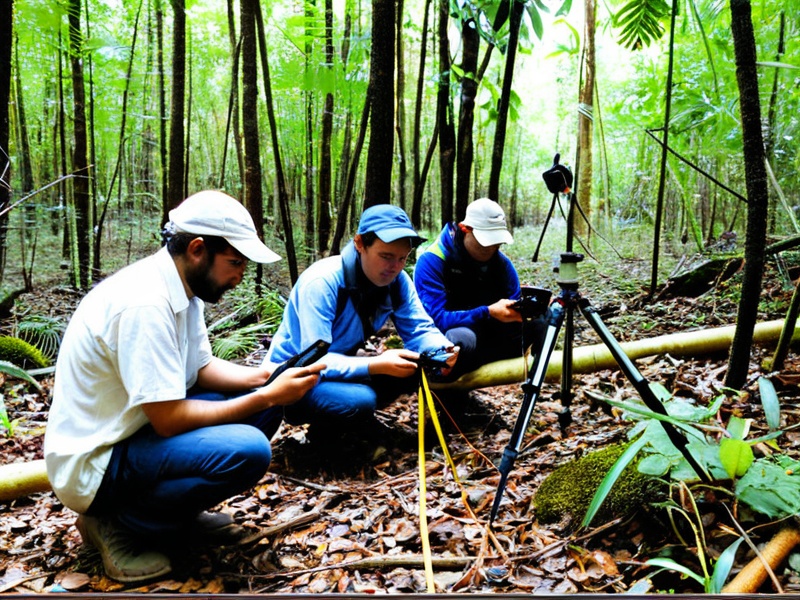
Field Methodology
Our approach to studying barking spiders in the field combines traditional arachnological methods with specialized acoustic techniques.
Burrow Identification
Identifying active barking spider burrows requires recognizing subtle signs, including distinctive silk patterns at entrances, excavated soil composition, and surrounding territorial markers.
Our teams use non-invasive burrow scoping technology to confirm occupancy without disturbing the inhabitants.
Acoustic Monitoring
Specialized directional microphones and vibration sensors are deployed around suspected barking spider territories for continuous recording over multiple days and nights.
Our BASS (Barking Arachnid Sound System) units can detect and isolate spider sounds even in acoustically complex environments.
Behavioral Observation
Using red-filtered lighting and remote cameras, we document spider activities with minimal disturbance, capturing natural behaviors including territorial displays, hunting techniques, and acoustic communication.
Habitat Assessment
Comprehensive environmental data collection includes soil composition, humidity, temperature variations, vegetation structure, and acoustic properties of the surrounding environment.
Population Monitoring
When appropriate permits are secured, select specimens may be temporarily collected for measurement, harmless marking with UV-visible tags, and release for subsequent population studies.
Community Engagement
We work closely with local communities, incorporating traditional knowledge of spider populations and providing educational opportunities about the ecological importance of barking spiders.
Recent Expedition Highlights
Hainan Island, China
Tropical rainforests of southern Hainan
Our most recent expedition focused on the critically endangered Haplopelma hainanum, documenting remaining populations and their acoustic behaviors. Collaboration with Chinese conservation authorities established new protected zones specifically for this species.
Key finding: Discovery of distinctive dawn chorus behavior not previously documented in this species, with multiple males producing synchronized acoustic displays.
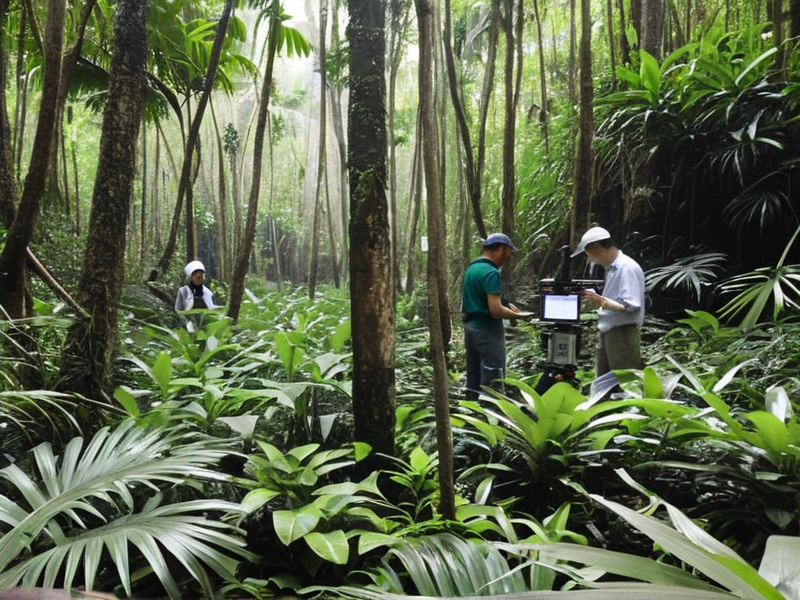
Daintree Rainforest, Australia
North Queensland, Australia
A three-week acoustic ecology study comparing the soundscapes of disturbed versus pristine habitats, with focus on how Selenocosmia crassipes populations adapt their acoustic behaviors to varying levels of ambient noise.
Key finding: Barking spiders in areas with higher anthropogenic noise produce lower-frequency sounds with longer duration, suggesting adaptive communication strategies.
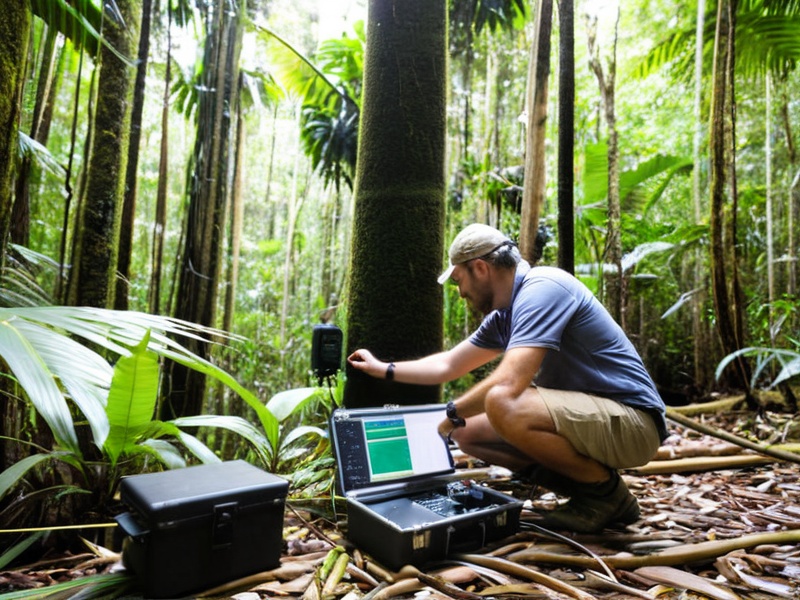
Amazon Basin, Brazil
Manaus region, Amazonas, Brazil
Collaborative expedition with Brazilian researchers to study the complex acoustic repertoire of Acanthoscurria geniculata and document potential new barking spider species in previously unexplored tributaries.
Key finding: Discovery of a potentially new species with unique stridulation mechanisms, currently undergoing taxonomic verification.
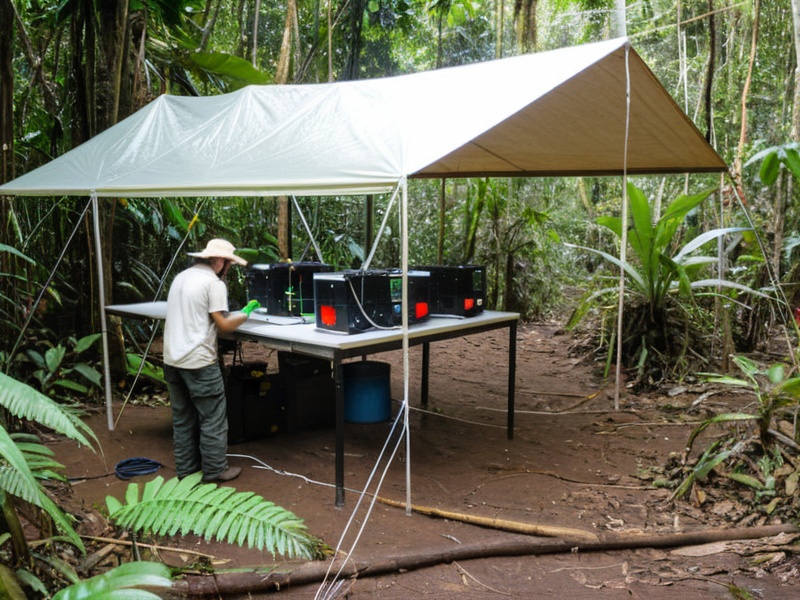
Specialized Field Equipment
Studying barking spiders in the field requires specialized equipment, much of which has been custom-designed by our technical team to meet the unique challenges of arachnid acoustic research.
Acoustic Monitoring Kit
- BASS Units: Custom-built directional microphone arrays designed specifically for spider acoustics
- Substrate Vibration Sensors: Ultra-sensitive accelerometers to detect burrow vibrations
- Automated Recording Stations: Solar-powered units capable of weeks of continuous monitoring
- Acoustic Isolation Shields: For selective recording in noisy environments
Observation Equipment
- Infrared and Thermal Imaging: For non-disruptive nocturnal observation
- Burrow Scope System: Flexible fiber-optic camera for burrow inspection
- Micro-Meteorological Stations: For detailed environmental data collection
For detailed specifications and methodology guidelines, visit our Equipment page.
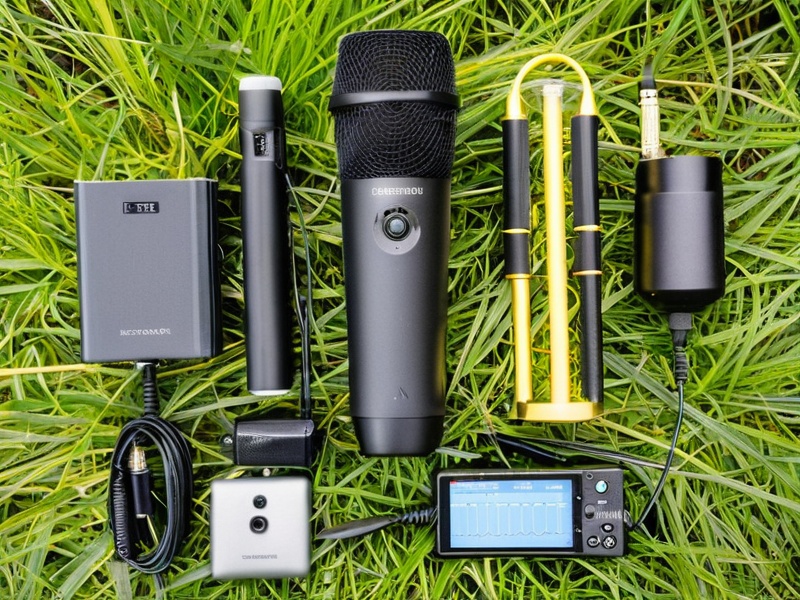
Ethical Field Research Guidelines
The Barking Spider Research Institute is committed to minimally invasive research methodologies that prioritize spider welfare and habitat conservation. All our field research adheres to the following ethical guidelines:
Habitat Preservation
We follow strict protocols to minimize habitat disturbance, including designated access paths, careful equipment placement, and restoration of any altered areas before departure.
Minimal Handling
Direct spider handling is limited to essential research purposes only, using techniques that minimize stress. Remote observation is always preferred when possible.
Collection Limitations
Specimen collection is restricted to absolute research necessity and conducted under appropriate permits. We maintain a strict no-collection policy for endangered species unless essential for conservation efforts.
Local Engagement
We engage with local communities, authorities, and researchers, incorporating regional knowledge and providing training opportunities for local conservation efforts.
Data Transparency
Research findings are shared with local conservation authorities and communities, with sensitive location data for endangered species appropriately protected.
Sustainability
Our field operations minimize environmental impact through sustainable practices, including waste management, energy use, and carbon offset programs for travel.
All field researchers are required to complete our Ethical Arachnid Research training program and adhere to these principles. Our methodologies have been reviewed and approved by international arachnological organizations and local conservation authorities.
Join an Expedition
Upcoming Expeditions
| Dates | Location | Research Focus | Opportunities |
|---|---|---|---|
| Jan 15-30, 2026 | Cape York, Australia | Wet season acoustic patterns in S. crassipes | 2 Research Positions, 3 Citizen Scientist Spots |
| Mar 5-25, 2026 | Trinidad | Arboreal barking spider community structure | 1 Research Position, Sponsorship Needed |
| Jun 10-30, 2026 | Northern Thailand | Comparative study of Chilobrachys species | 2 Research Positions, 2 Citizen Scientist Spots |
For application details and requirements, please contact our fieldwork coordinator.
